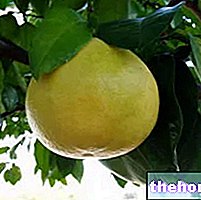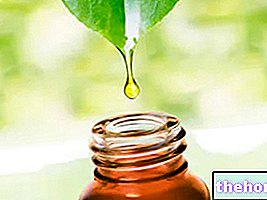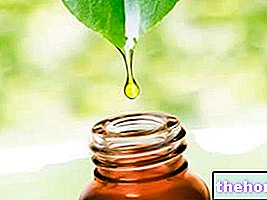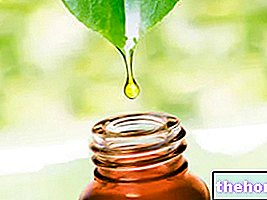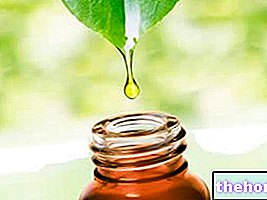
Scientific name
Panax ginseng, syn. Panax pseudoginseng
Family
Araliaceae
Origin
Perennial herbaceous plant, also called Ren Shen or Man Root, native to China, Korea and the extreme eastern regions of Russia. Today, large crops are present in China, Korea, Japan and Russia.
Parts Used
Drug given by the central roots of ginseng, obtained from plants of at least 5-7 years.
Chemical constituents
- The main components are saponosides called ginsenosides, the most important are Rb1, Rb2, Rc, Rd, Rf, Rg1 and Rg2.
- Essential oil rich in sesquiterpenes;
- Polysaccharides (starches, pectins);
- Phytosterols;
- Vitamins group B;
- Choline;
- Trace elements.
The total ginsenoside content of a 6-year-old main root varies between 0.7 and 3%. The lateral roots can have a saponin content equal to double or triple that of the main root.
PLEASE NOTE: The term ginseng actually indicates several botanical species with tonic-adaptogenic activity: Asian ginseng (Panax ginseng C.A. Meyer), North American ginseng (Panax quinquefolius L.), Japanese ginseng (Panax japonicus C.A. Meyer), Himalayan ginseng (Panax pseudoginseng Wallich), Chinese ginseng (Panax notoginseng Burk) and Siberian ginseng (Eleuterococcus senticosus Maxim).
The composition of the various types is different from a qualitative and quantitative point of view.
Ginseng in Herbal Medicine: Properties of Ginseng
Ginseng improves alertness and psychophysical well-being; in a double-blind study against placebo, an improvement in arithmetic calculation ability, logical deduction, attention, reaction time and feeling of well-being was shown, relieving fatigue.
Ginseng is indicated in chronic fatigue syndrome (asthenia).
Furthermore, the association of extracts of ginseng and ginkgo biloba causes an increase in the level of serotonin in the brain structures and an increase in ACTH levels, making this association suitable for controlling age-related disorders of cognitive functions.
Animal models suggest that the saponosides present induce relaxation of the vessels at the penile level through the induction of NO synthesis, the release of NO in the corpus cavernosum and the decrease of intracellular calcium, but a radical scavenger effect has also been described. free.

